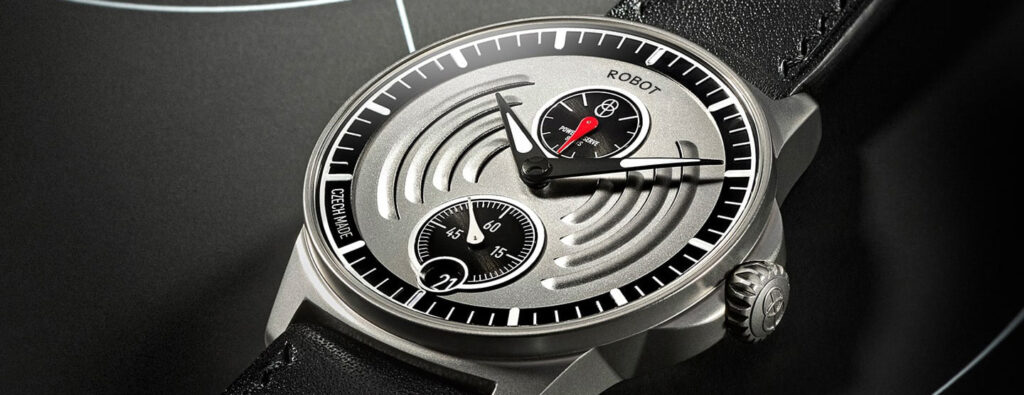Audemars Piguet
In-House, Cutting Edge: Audemars Piguet Debuts the Royal Oak Offshore Tourbillon Chronograph With In-House Automatic Chronograph
Audemars Piguet
In-House, Cutting Edge: Audemars Piguet Debuts the Royal Oak Offshore Tourbillon Chronograph With In-House Automatic Chronograph
In the world of watchmaking, there is news, and there’s actual news. Here we have the latter: the Royal Oak Offshore Selfwinding Tourbillon Chronograph.
This is something rather special. Combining a tourbillon with a chronograph is never a trivial challenge, but what we’ve got here is a fully integrated, in-house tourbillon chronograph movement, that also uses a peripheral winding system, and is constructed and finished to the highest haute horlogerie standards; a very, very exciting new movement from Audemars Piguet.
The movement is the calibre 2897 –a peripheral rotor, self-winding, column wheel controlled movement with tourbillon, it is one of the very few peripheral rotor self-winding tourbillons anywhere, and a very rare example of a non-Grand Complication, self-winding chronograph movement from Audemars Piguet. The Grand Complication movement, calibre 2885, is self-winding (though not with a peripheral rotor) and incorporates a rattrapante chronograph, perpetual calendar, and minute repeater. While the calibre 2897 is technically simpler it is in some respects more interesting, as peripheral rotor wound integrated chronograph or tourbillon movements are unusual and to find the two together is almost unheard of.
The movement is beautifully finished and the action of the peripheral rotor is visible on the dial side, where the intermediate wheel from the peripheral platinum mass can be seen in action; visually, it balances the tourbillon, with its large balance and balance spring with mathematically corrrect Philips terminal curve, quite beautifully.
The Royal Oak Offshore debuted in 1993 and while it is for understandable reasons considered a somewhat modern, even aggressive, design here it is paired with a movement with a number of extremely traditional design cues, all of which are easily visible, without interruption, thanks to the peripheral rotor winding system.
This is an historically important watch, and movement, for Audemars Piguet: its first fully integrated, column wheel chronograph movement with a peripheral winding system. Especially when coupled with the 42mm case it suggest a whole new world of horological expression for the Offshore –and it’s a benchmark, and landmark, timepiece for Audemars Piguet.
MOVEMENT
Selfwinding Calibre 2897
with tourbillon and column-wheel chronograph
Total diameter 35mm (151⁄2 lignes) Total thickness 8.32 mm
Number of jewels 34
Number of parts 335
Minimal guaranteed power reserve > 65 h
Frequency of balance wheel 3 Hz (21,600 vibrations / hour)
Variable-inertia balance with screws and balance-spring with Phillips terminal curve
Finishing: all parts finely hand decorated; bridges and mainplate rhodiumed, circular-grained, beadblasted and hand-drawn with file strokes; polished angles, bevelled screw rims and slots Peripheral oscillating weight in circular satin-brushed 950 platinum
CASE
Forged carbon case, glareproofed sapphire crystal caseback with Royal Oak Offshore engraving, black ceramic bezel, crown and pushpieces, titanium pushpiece guards.
Diameter : 44 mm
Thickness : 14 mm
DIAL
Black dial with “Méga Tapisserie” pattern, black counters, gold applied hour-markers and gold Royal Oak hands with luminescent coating. Sapphire inner ring.
STRAP
Black rubber with titanium pin buckle
FUNCTIONS
Hours and minutes
Small seconds at 9 o’clock
Chronograph with central sweep-seconds hand, 30-minute counter (at 3 o’clock)















